OP: “WORK” by millenium parade ✕ Ringo Sheena
Even this season I couldn’t bring myself to call Jigokuraku a sleeper – it’s too well-known for that. Nevertheless for me it’s a bit of a middle-feeder, what with all the enormous competition from series I know in manga form and sequels to previous top 10 series. That said, despite having next to no familiarity with the manga or Kaku Yuuji, I had a tickle in my brain telling me this one was going to be good. The staff isn’t exceptional, MAPPA is as generically non-indicative of quality as studios get, and Kaku’s follow-up manga wasn’t especially well-loved. But I just had a feeling.
Well, it certainly is good. For a week at least, and there’s no reason to suspect it’s a mirage. While the look is pretty much standard MAPPA it suits the material well, and the production values seem fine so far at least. More importantly this is an interesting premise staged in an interesting way, with a premiere executed patiently and cleverly. I only have the anime to go on but I liked that there was a certain trust in the audience here, showing us instead of telling us what was happening for the most part.
Opening with a botched beheading is certainly a choice. There is a bit of explanation to it, but it was worth doing since most people don’t realize that beheadings by sword were typically gruesome and drawn-out (which is why the guillotine was intended as a merciful invention). The one being beheaded is Gabimaru (Kobayashi Chiaki), an Iwagakure ninja who claims to be tired of life and ready to die. His body says otherwise, however – much to the frustration of the local magistrate – and resists and any all attempts to kill it. One has to buy into the mythology of superhuman ninja here of course, but Jigokuraku is hardly the first manga to ask that of an audience.
The events of the episode are framed as an interview of Gabimaru by a chronicler named Asaemon Sagiri Yamada (Hanamori Yumiri). Gabimaru’s life story unspools: his parents were killed by the village chief, he learned the secrets of the Iwa ninja and eventually became the strongest in the clan. He marries the chief’s daughter (a married Jump protagonist is a rare thing to be sure) Yui (Noto Mamiko) and claims that he tried to leave the village because he hated his life with her. As Iwagakure ninja are not allowed to leave the clan under any circumstances, Gabimaru accepts his death sentence as just and proper. But his body keeps betraying him.
It’s pretty obvious that “Garan” (Hollow) Gabimaru is deceiving himself. Sagiri is deceiving him too of course – she’s actually a sword tester and professional executioner for the shogun. But her real purpose here is not to kill Gabimaru (though she could if he truly wanted it) – it’s to recruit him for a mission to Shinsenkyo, the mythical paradise which apparently in this reality is a real place somewhere south of Okinawa. The Shogun seeks the elixir of life purported to exist in Shinsenkyo, and after his search parties all met with gruesome fates, his plan is to send condemned prisoners to retrieve the elixir, earning themselves a pardon in the process. That’s the only possible path for Gabimaru to live peacefully with Yui, beyond the reach of his clan, so he accepts the challenge.
That’s a lot of content to pack into a first episode, but things didn’t feel rushed to me. Pacing is a concern, though. There’s no official episode count but it’s been strongly hinted that Hell’s Paradise will run for two split cours (24 episodes). That’s not an awful lot for a 13-volume WSJ manga, and I don’t know how well the series lends itself to the sort of compression that would be required to make that happen. Nevertheless the setup here is very interesting, and I found Gabimaru to be a pretty compelling figure to build a story around. It’s another contender in what’s shaping up to be an incredibly competitive battle for my time this season.
ED: “Kamihitoe” (紙一重) by Uru


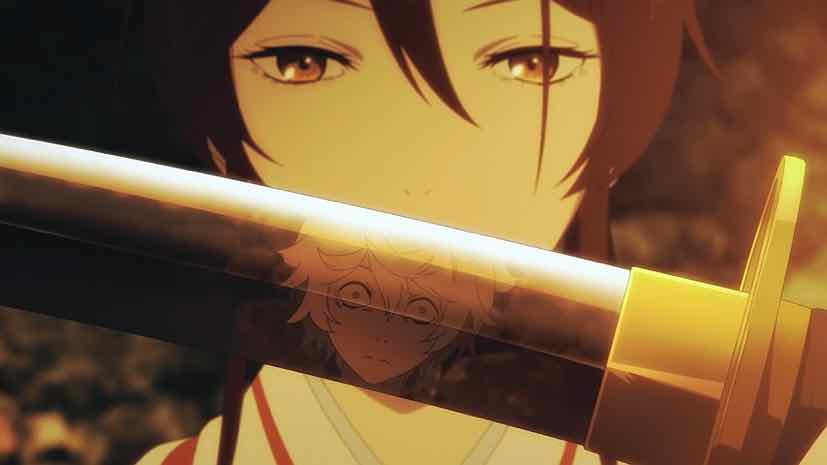
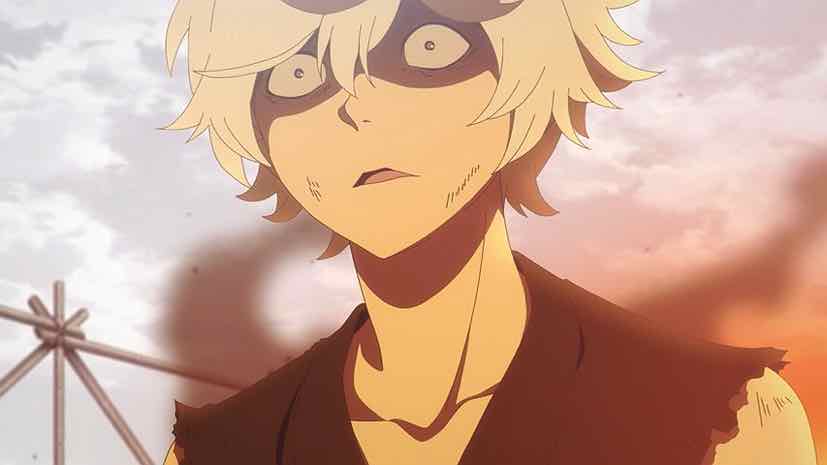

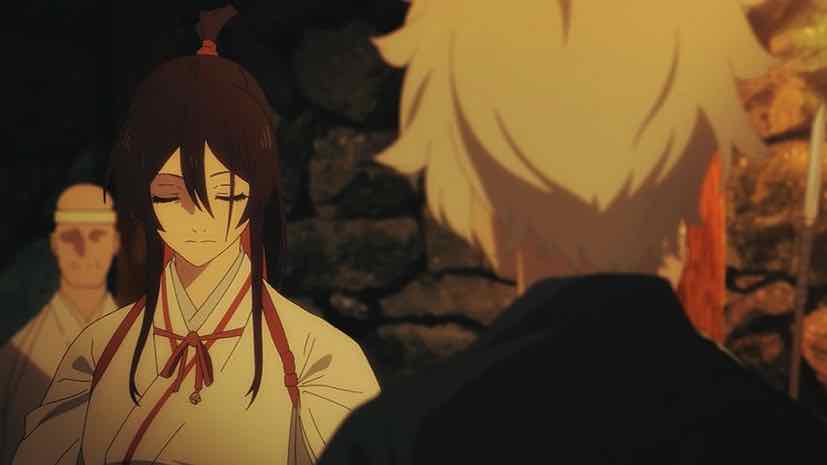



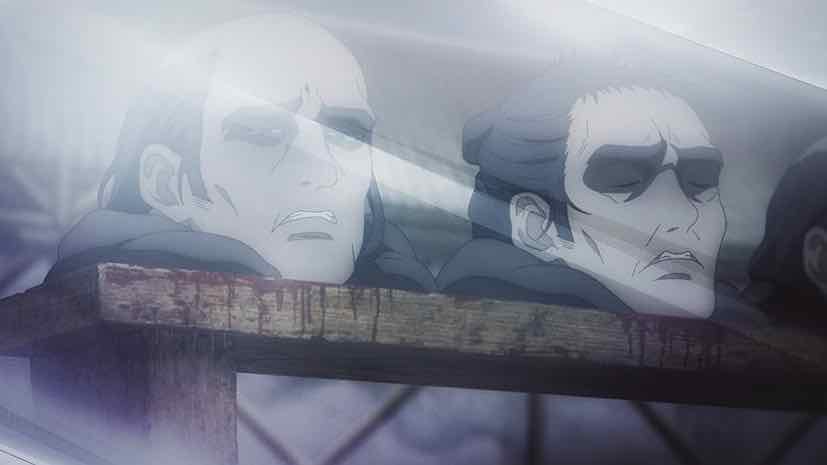
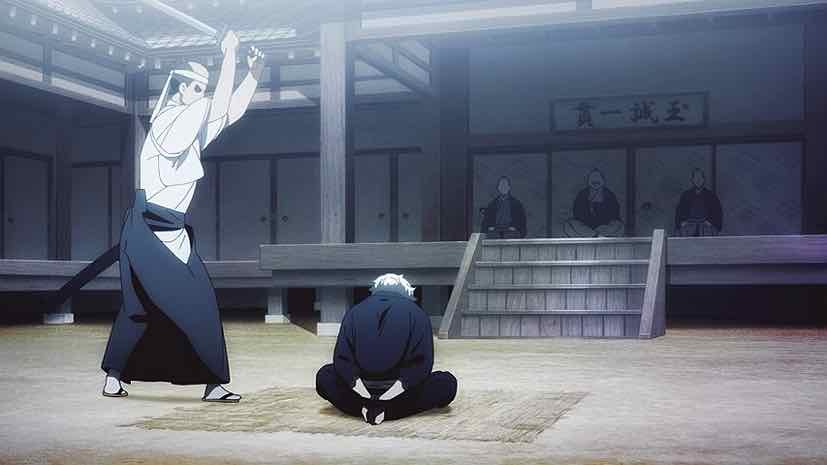
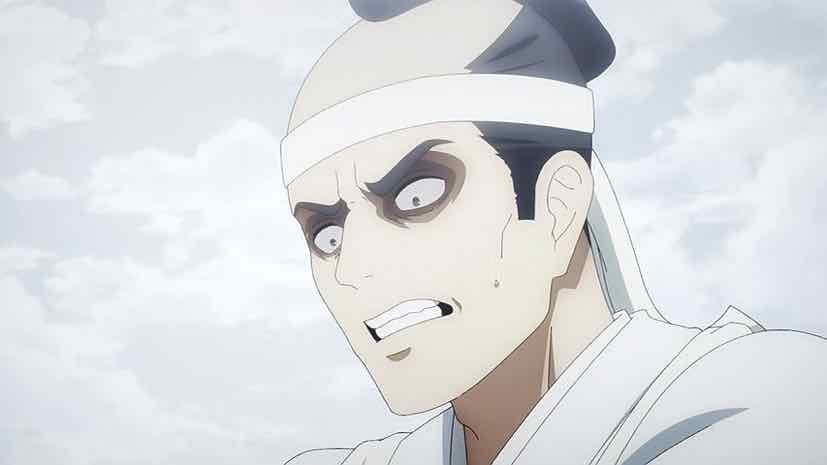

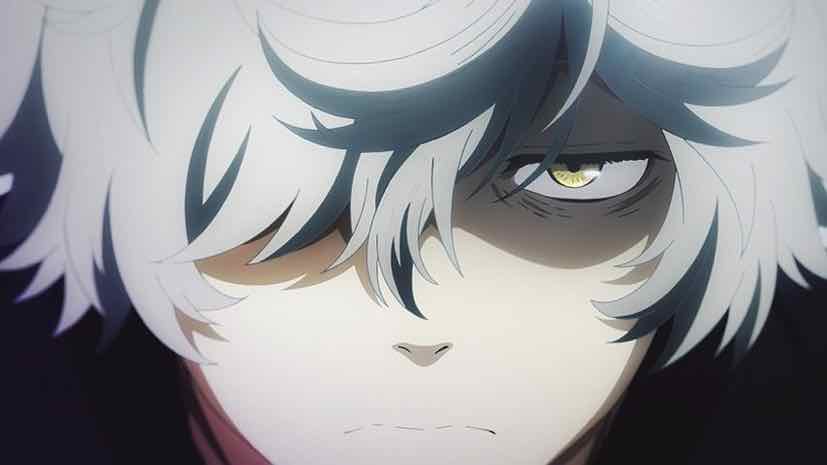

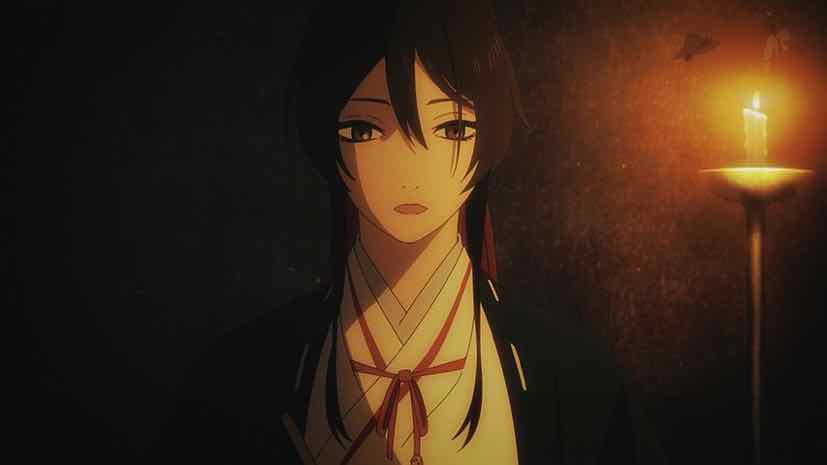
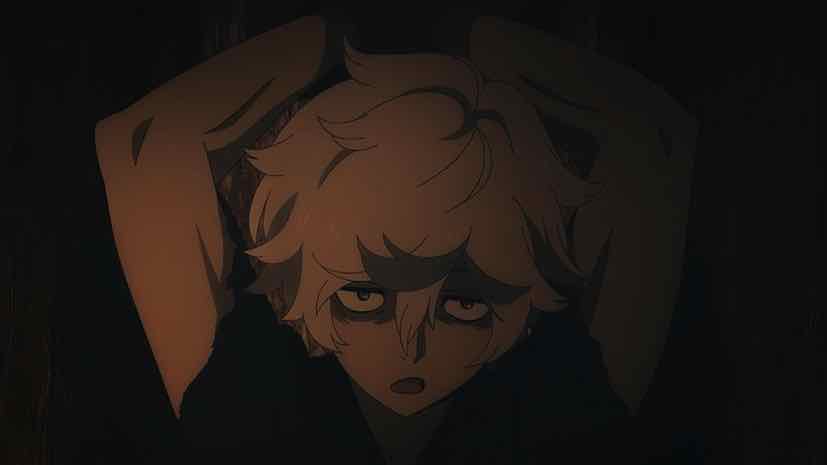
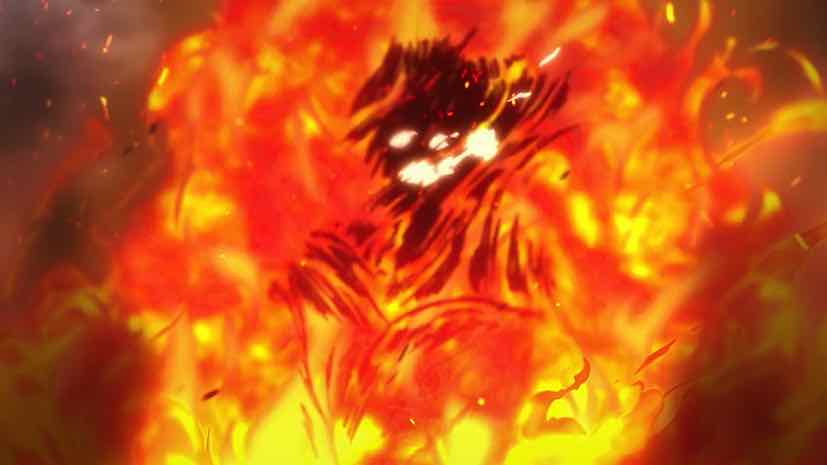
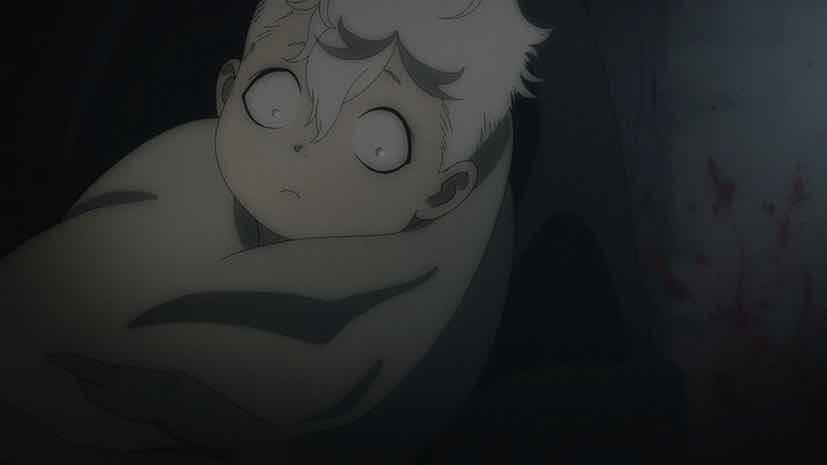
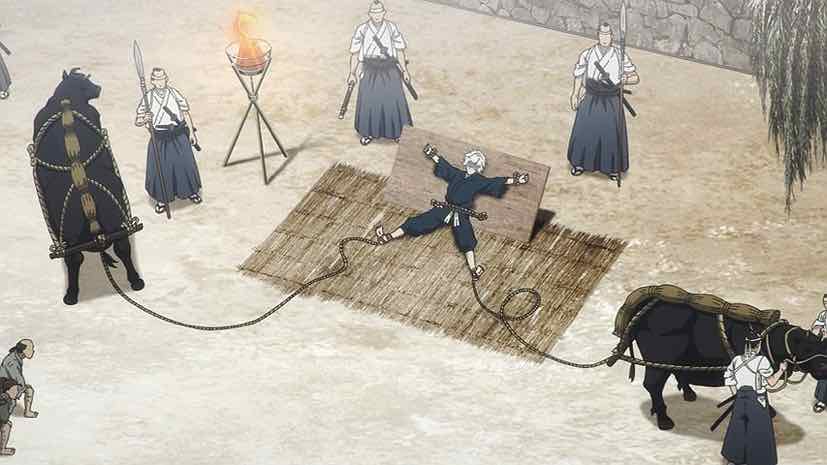
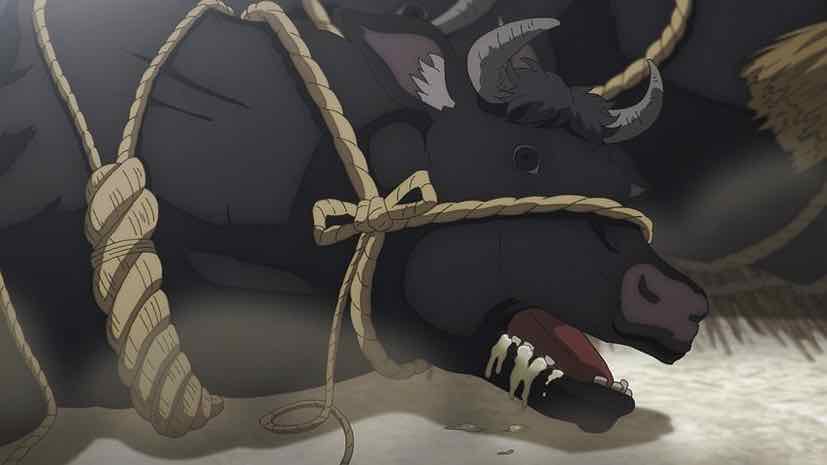
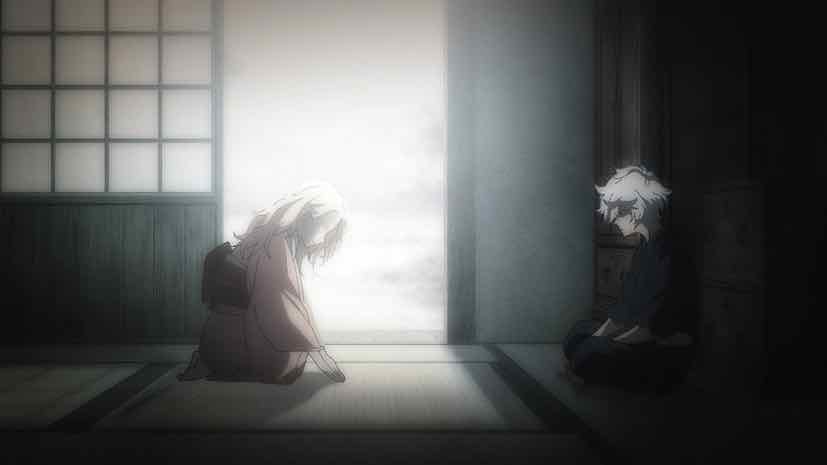
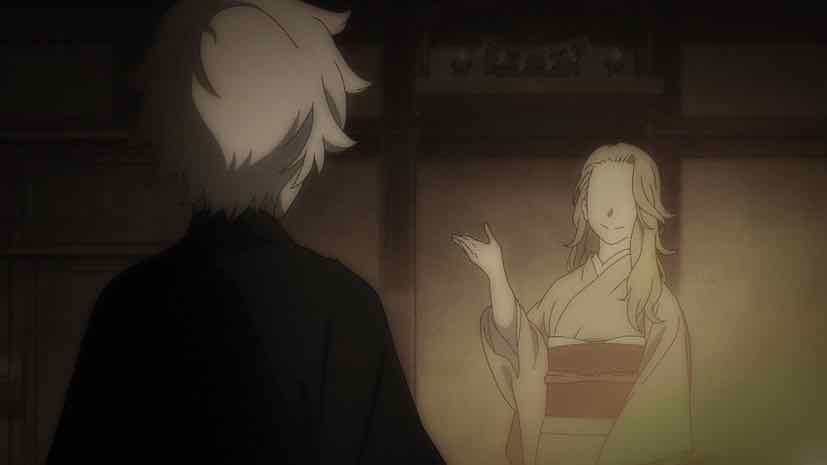
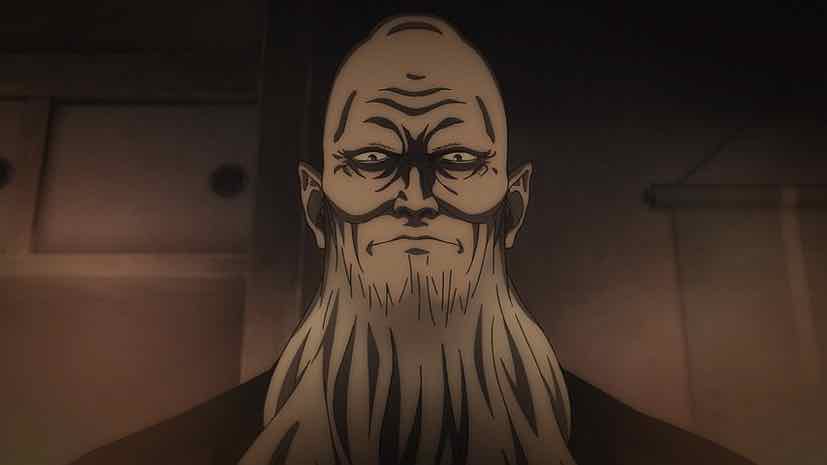
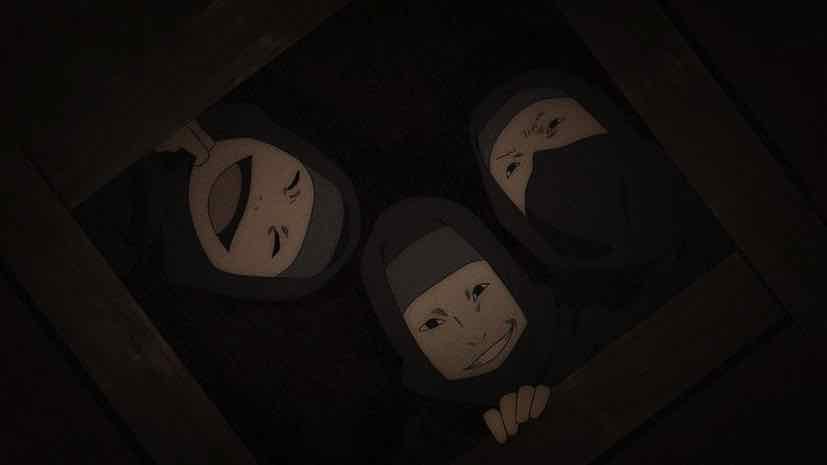
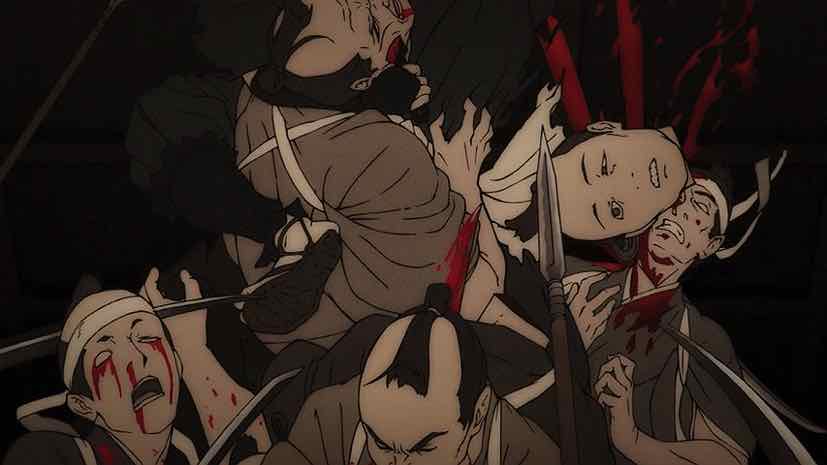
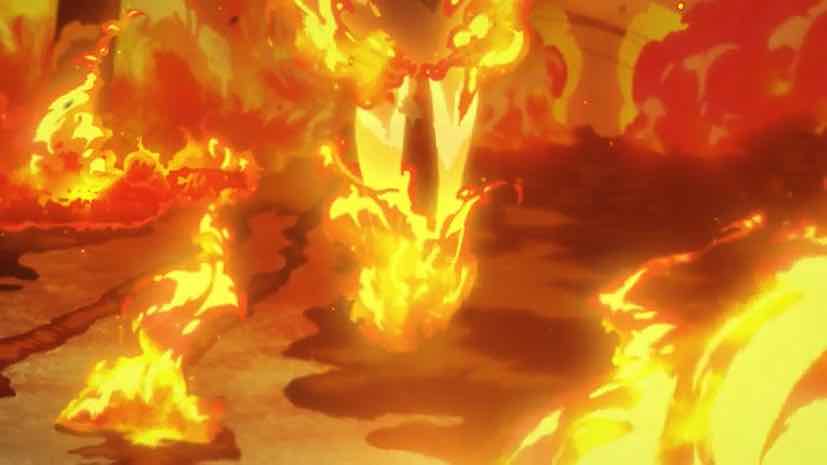
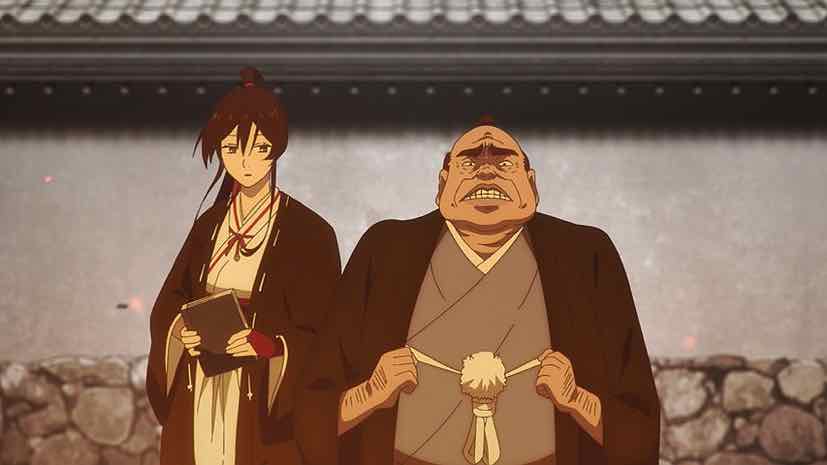
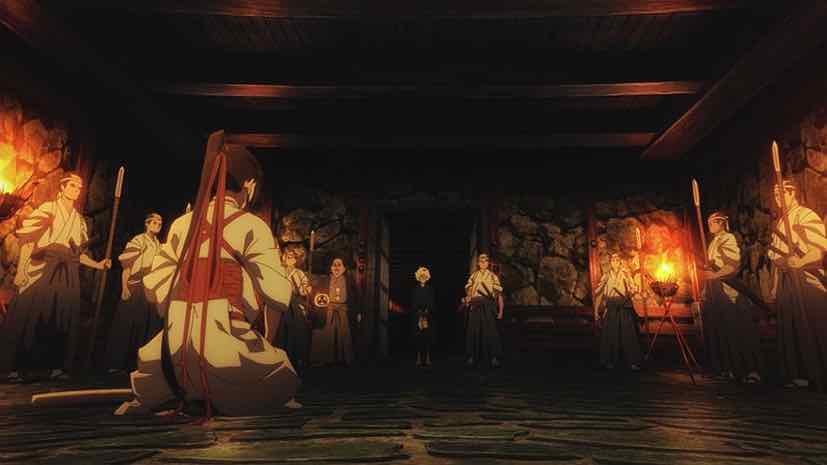
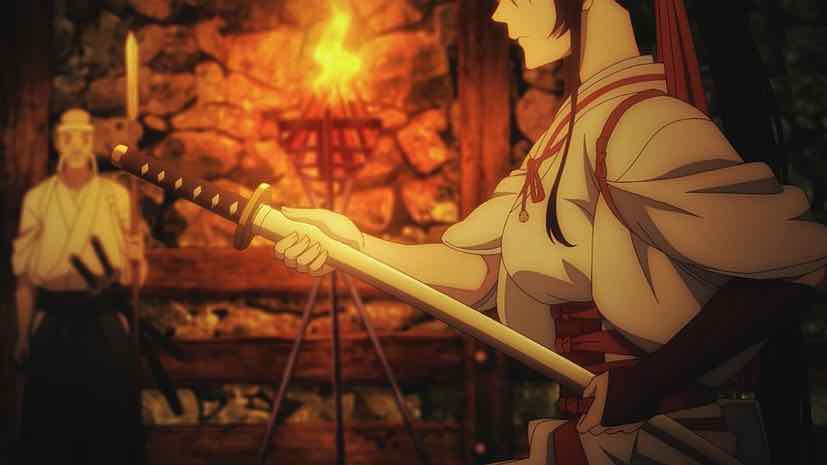
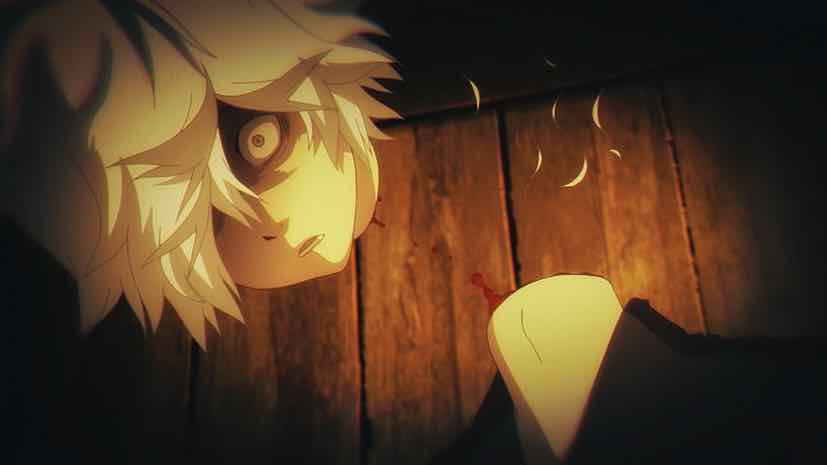
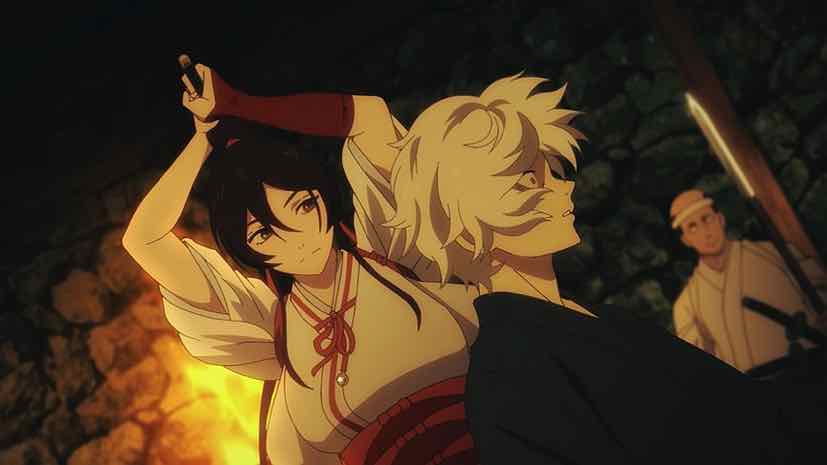
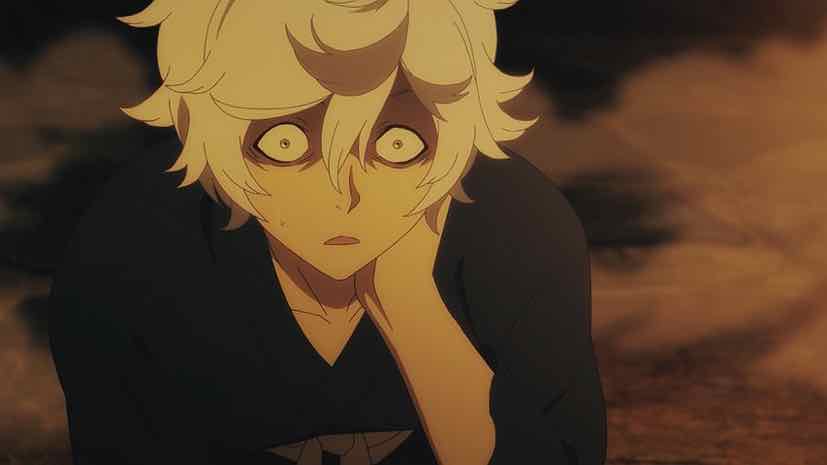
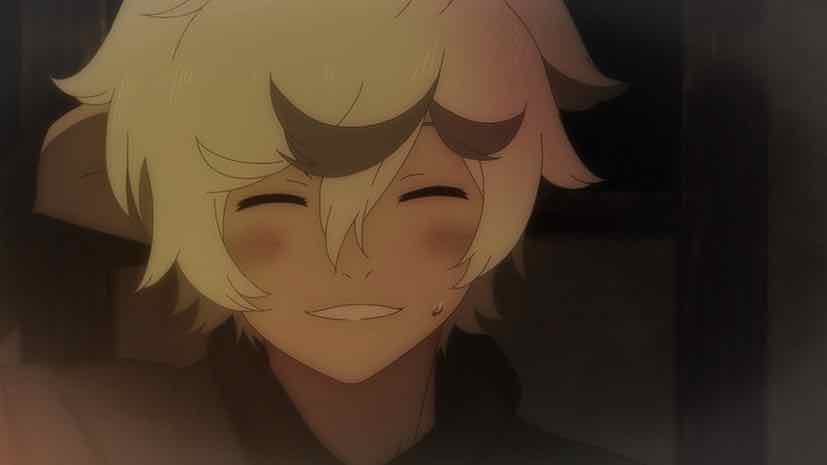
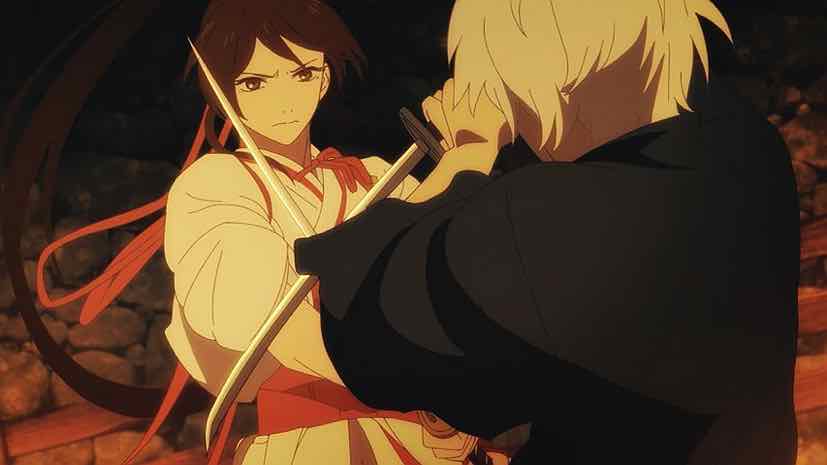
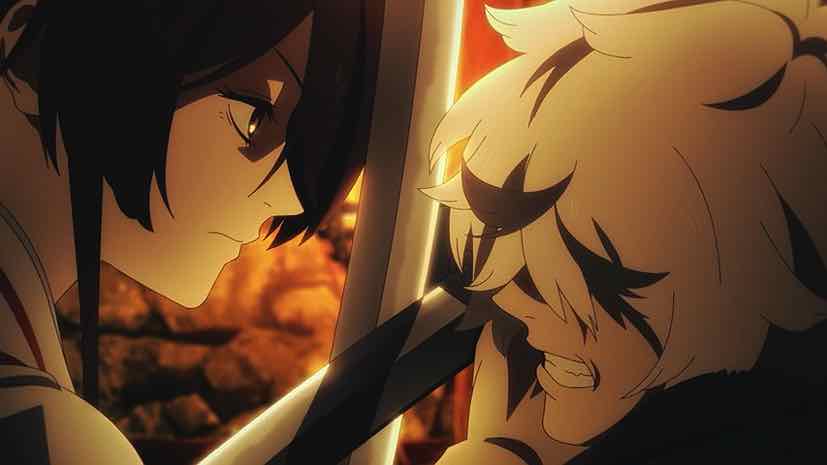
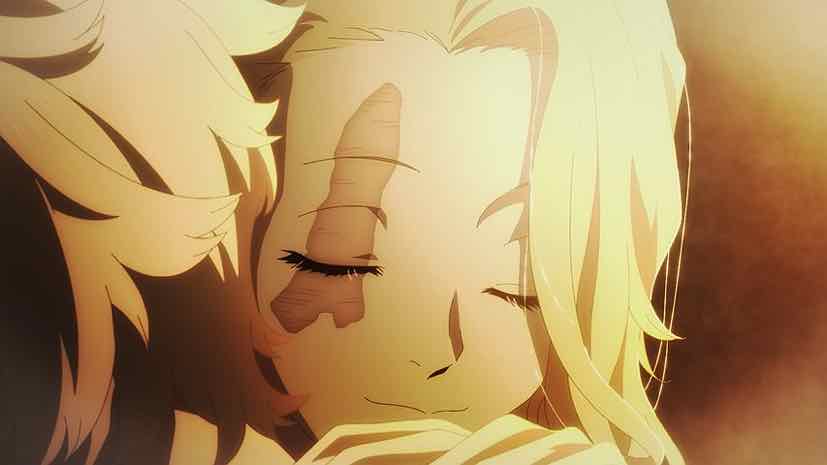
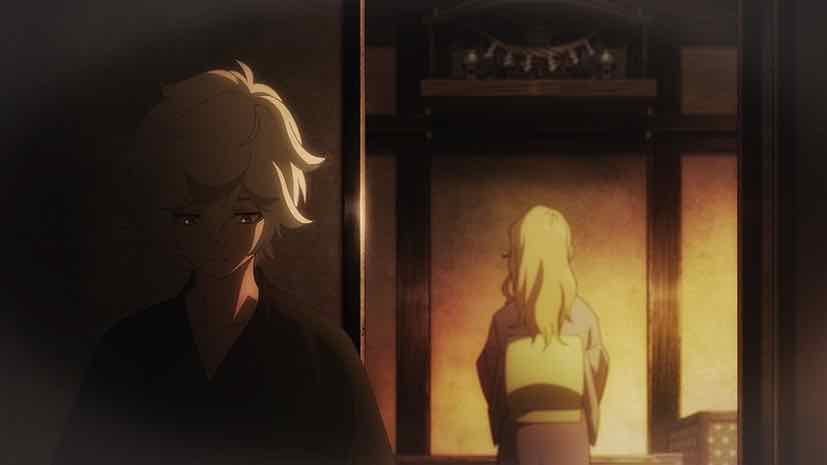
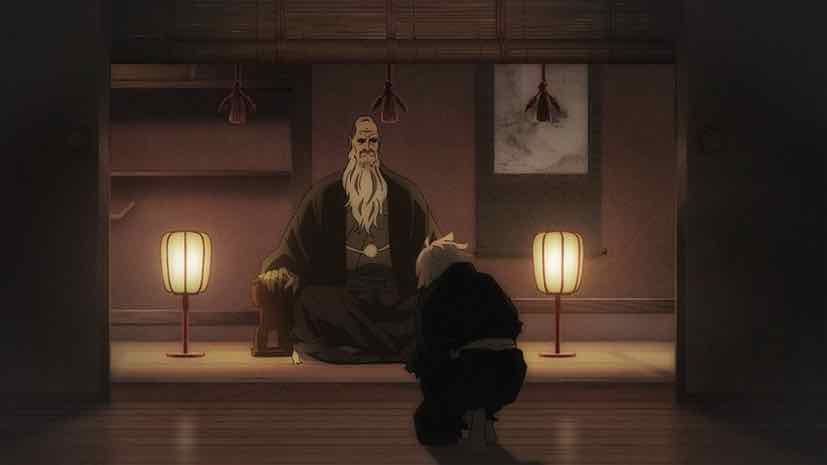

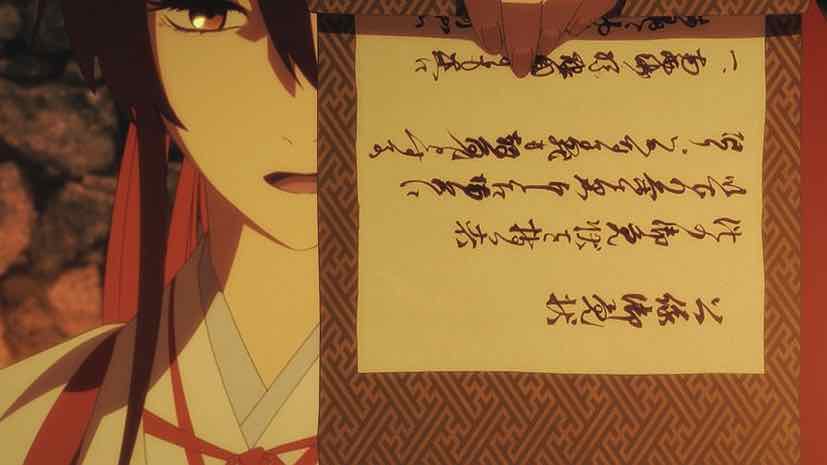
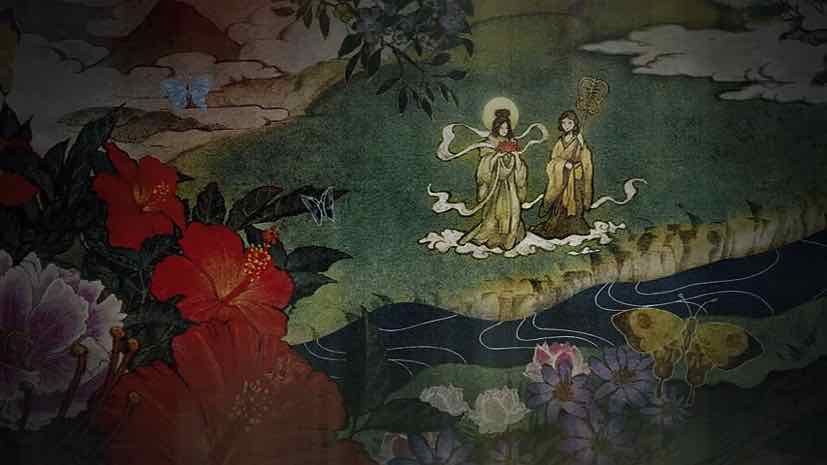

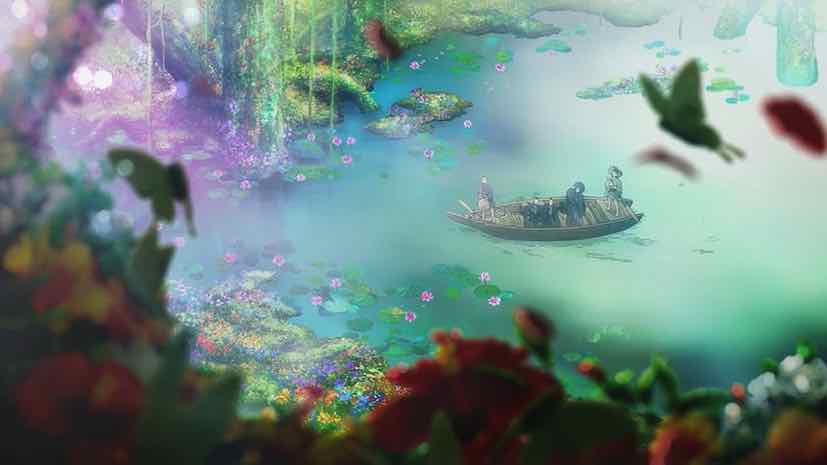
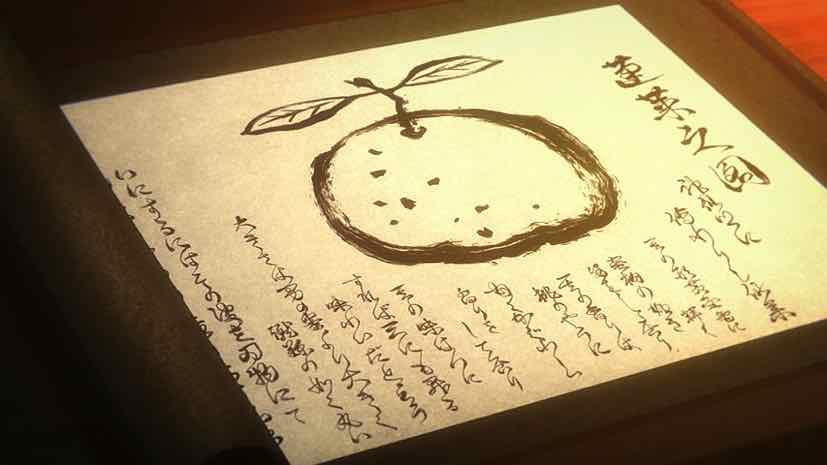
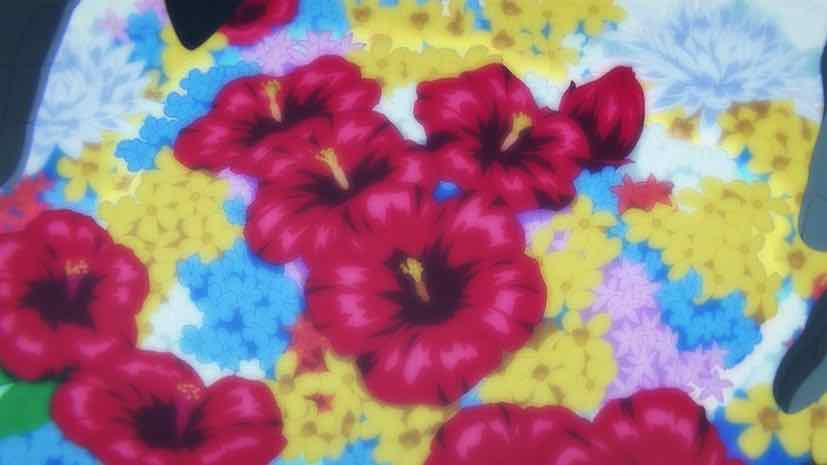
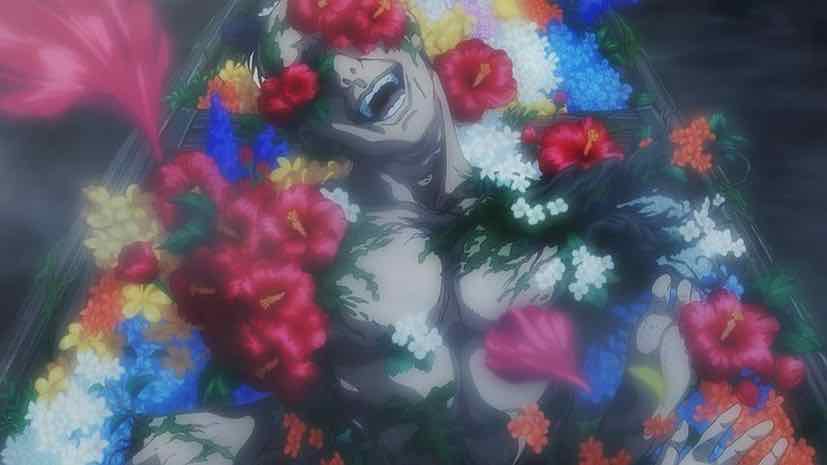
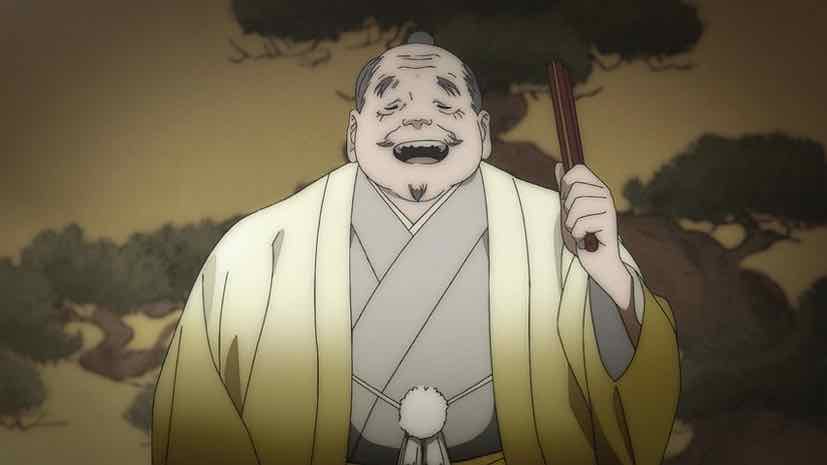
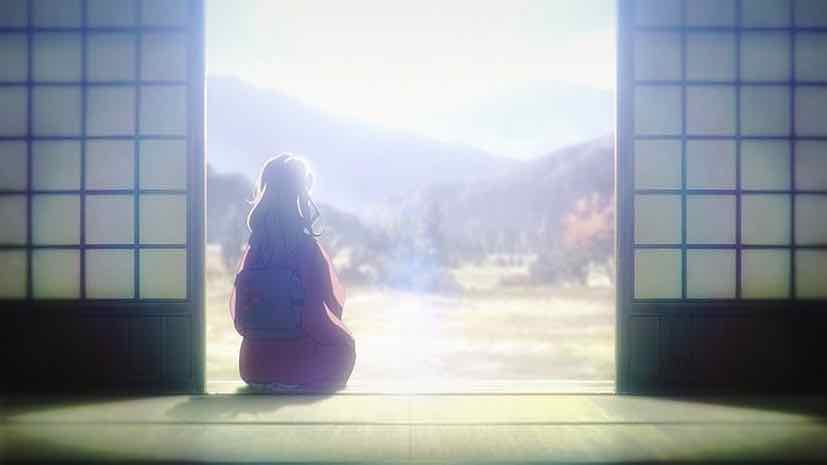

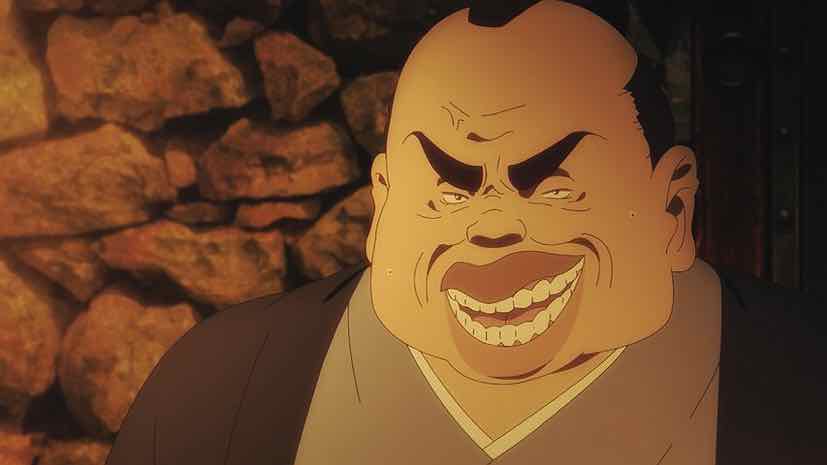
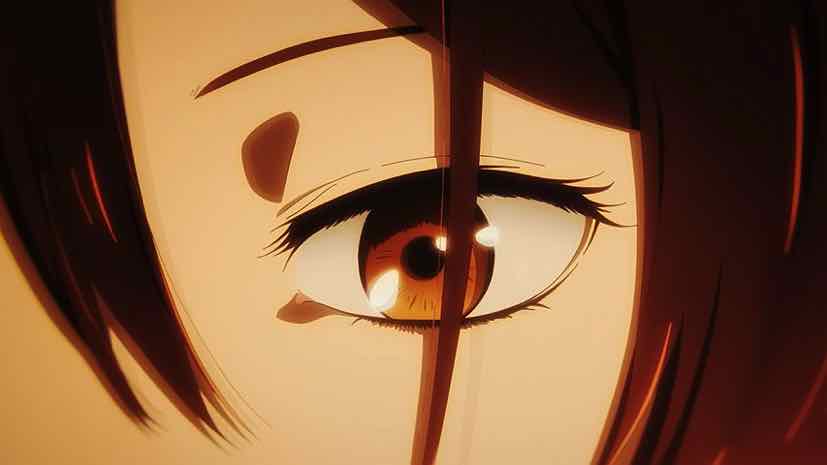
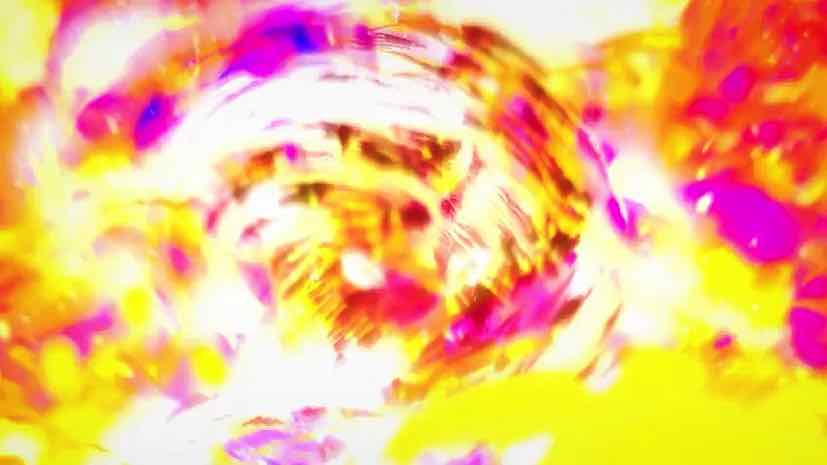


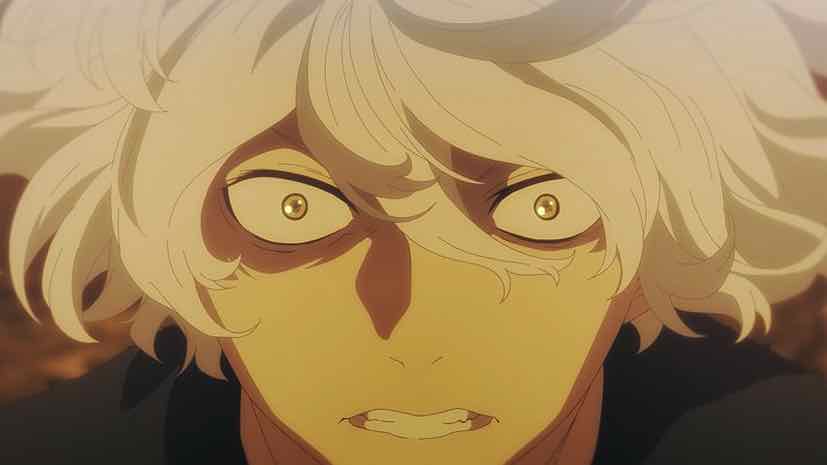

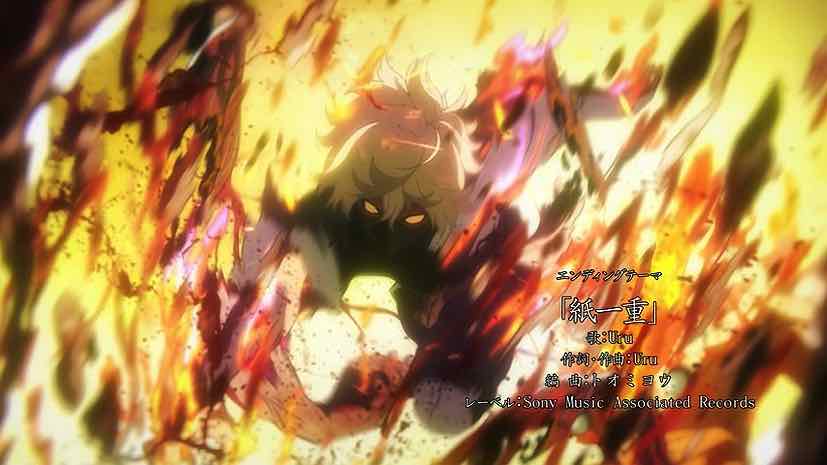
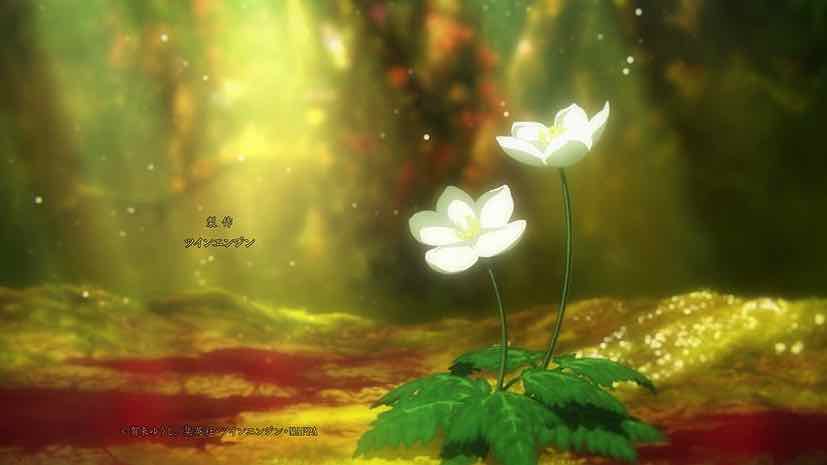


Collectr
April 3, 2023 at 12:18 amDrew me right in. There’s a lot of exposition in this episode, but it didn’t feel forced, and plenty of mysteries remain. For example, what is Sagiri really up to?
One minor note: the character design for Gabimaru reminds me of Nasubi from Hoozuki no Reitetsu – the same round face and mop of white/gray hair. No other resemblance, but it was bit disconcerting at times.
Guardian Enzo
April 3, 2023 at 7:03 amYeah, can’t get that out of my head now.
abc
April 3, 2023 at 12:40 amReminding me a bit of the Dark Continent…
Guardian Enzo
April 3, 2023 at 7:03 amSort of.
Lem
April 3, 2023 at 2:27 amStaff of Summertime Rendering was able to turn 139 chapter long manga into great show in 25 episodes, so I’m sure a good writer should be able to do the same with 128 chapters long Jigokuraku.
Nicc
April 3, 2023 at 10:54 amThis show happened to be the first one I watched for the new season. So far, 1-for-1. I liked what I saw from the first episode and I think I’ve seen enough to want to stick around.
It was a very exposition-heavy episode, but paced out evenly and so it didn’t feel like an info-dump to me. We meet our protagonist, Gabimaru, and we learn his whole story in this episode. He is from a village of assassins, wants to get out, but he cannot. The attempted executions got more and more macabre and I wondered how far they were going to go. I was expecting firearms or explosives at some point, but he probably could have survived that too.
We also meet Sagiri, who seems to be chronicling the botched executions while getting the skinny on Gabimaru. It turns out she’s doing more than just being an observer. He’s resisting all attempts of death for some reason. It turns out, it’s the power of love. He’s been lying to himself about wanting to die. Sagiri gives him a way out and all he has to do is to find some magic potion in a land somewhere south of Ryukyu. He’ll be joined by other people like himself, condemned to death. It’s some kind of paradise, but also filled with death. Sending condemned criminals to an island of death to the south. So… Australia? I think this is a keeper for me already and I’m also already digging the OP and the ED.
Guardian Enzo
April 3, 2023 at 11:50 amI really like the OP a lot.
RL
April 9, 2023 at 10:59 pmJust one (somewhat) minor correction here, the manga is run on Shonen Jump+ (Spy x Family, Aharen-san, Summertime Rendering, etc) rather than WSJ.